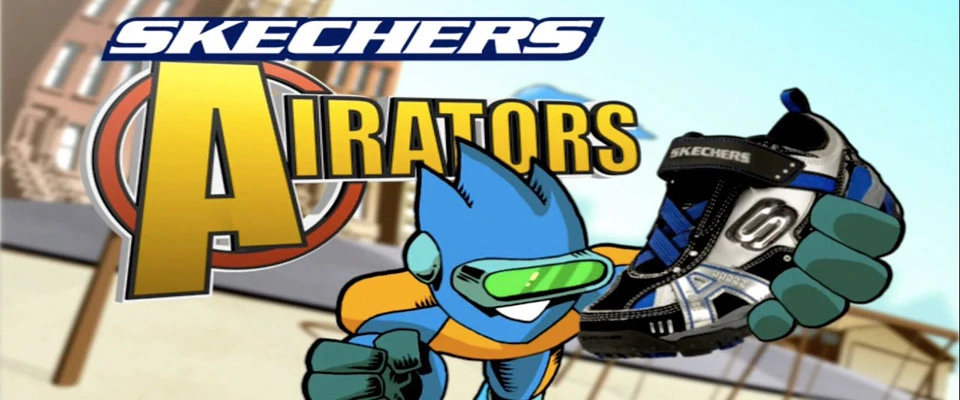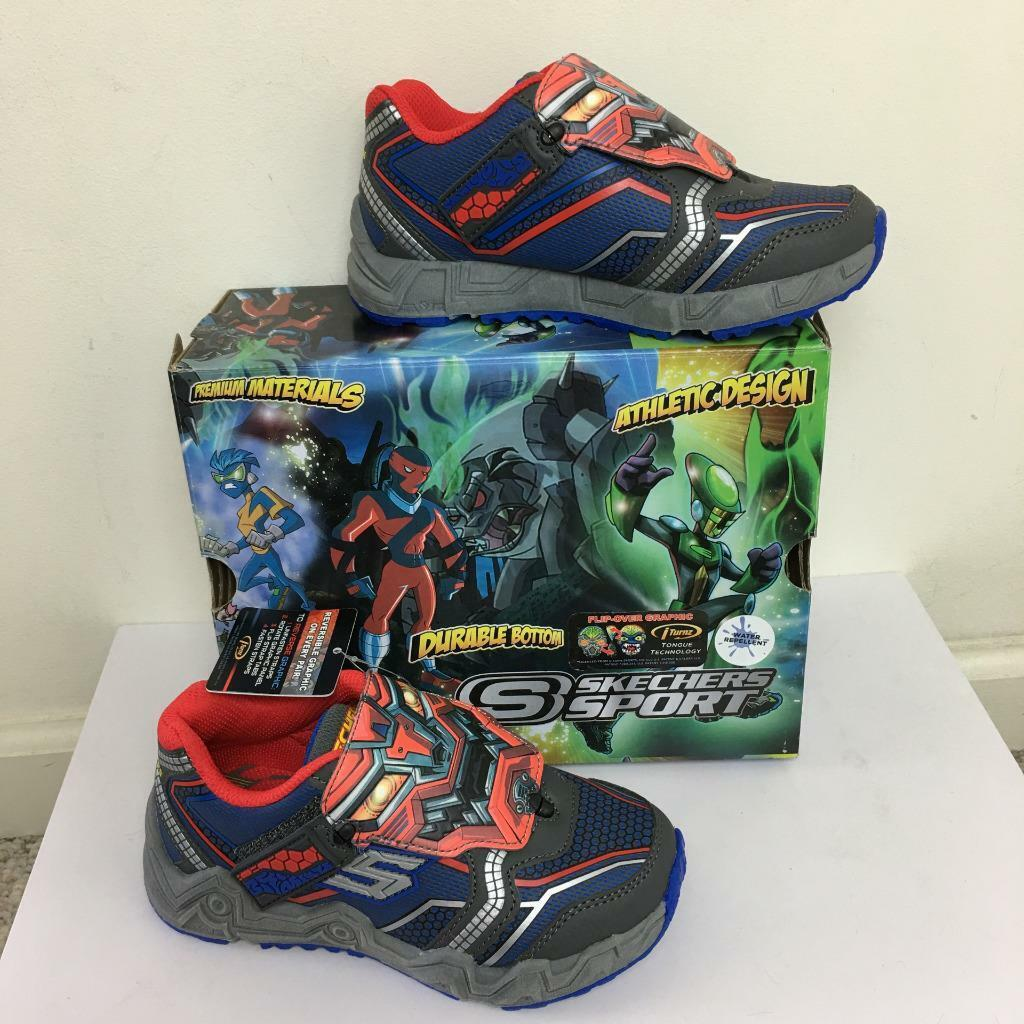It's Saturday morning in the 2000s. The smell of cereal wafts from your bowl as you settle in front of the TV, eagerly awaiting your favorite cartoons. Suddenly, the screen explodes with action. Kids just like you are transformed into superheroes, their ordinary lives becoming extraordinary with a simple change of footwear. This wasn't just another commercial break—it was the "Skechers Heroes" campaign, a marketing phenomenon that would dominate children's advertising from 1998 to 2008, redefining what it meant to be cool for an entire generation.

At the core of the campaign's success was its alignment with children's key developmental needs. During middle childhood, kids develop their sense of competence and are highly receptive to messages of empowerment. The ads spoke directly to this need, positioning Skechers as a tool for achieving coolness and popularity among peers. This approach leveraged the "symbolic self-completion" concept, where consumers use products to signal their identity or aspirations.
The ads' visual and sensory appeal also played a crucial role in their effectiveness. In an era of increasing media saturation, the campaign used what's known as the "von Restorff effect," where distinctive stimuli are more likely to be remembered. The vibrant colors, dynamic action sequences, and catchy jingles created a multi-sensory experience that stood out in the cluttered landscape of 2000s television advertisements.
Moreover, the campaign's narrative structure aligns with the "transportation theory" concept in marketing. The ads transported viewers into a narrative world by creating immersive mini-stories, reducing their critical thinking and increasing their emotional engagement with the brand message. This storytelling approach not only captured attention but also created lasting brand associations that extended far beyond the initial viewing experience.

For many, including myself, the "Skechers Heroes" commercials were more than just advertisements—they were a source of excitement and inspiration. Watching these ads during Saturday morning cartoons, I imagined that I could become a superhero, too. The campaign made such an impression that nowadays, I remember these ads more than any of the cartoons I watched.
The campaign's success was so profound that it eventually spawned its own animated series. In 2010, shortly after the campaign ended, Skechers and Nickelodeon launched "Zevo-3," a full-fledged superhero show featuring characters inspired by the Skechers Heroes ads. This spin-off series further cemented the campaign's cultural impact, extending its influence beyond advertising and into children's entertainment.
In retrospect, the "Skechers Heroes" campaign serves as a masterclass in marketing to children. It leveraged emotional branding, developmental psychology, and narrative transportation to create a lasting positive impact on its audience. For those of us who grew up watching these ads, they remain a nostalgic reminder of the power of creative and thoughtful marketing. The campaign's ability to connect with its audience on a deep, emotional level left a legacy that goes beyond mere brand recognition, inspiring not just childhood aspirations but also future interests in the power of creative marketing.
Check out this video to watch all the commercials!
All Skechers Commercials with the Skechers Heroes
